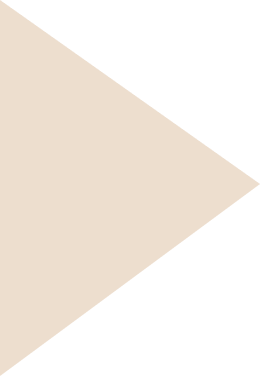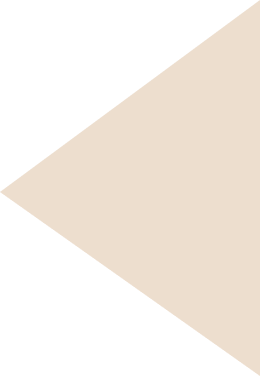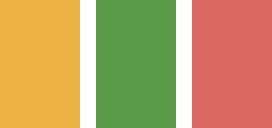

DES
1.0
IGN
0.2





The initial phase of flat design, often referred to as Flat 1.0, gained prominence around 2012. This design philosophy was popularized by Microsoft's Metro design language and Windows 8. Metro introduced square tiles, bold colors, and minimalistic icons.

As the web design landscape evolved, so did flat design. Flat 2.0, also known as Material Design (introduced by Google in 2014), refined and expanded upon the principles of Flat 1.0. Material Design introduced more depth and subtle elements while still maintaining the overall flat aesthetic.












© Majer Barbara 2024